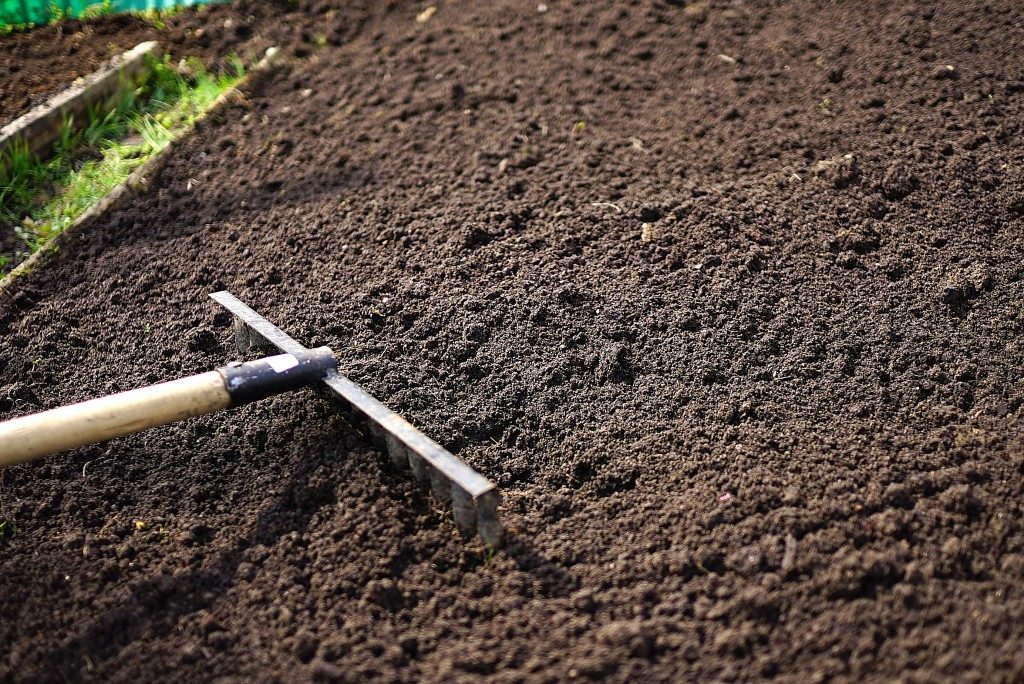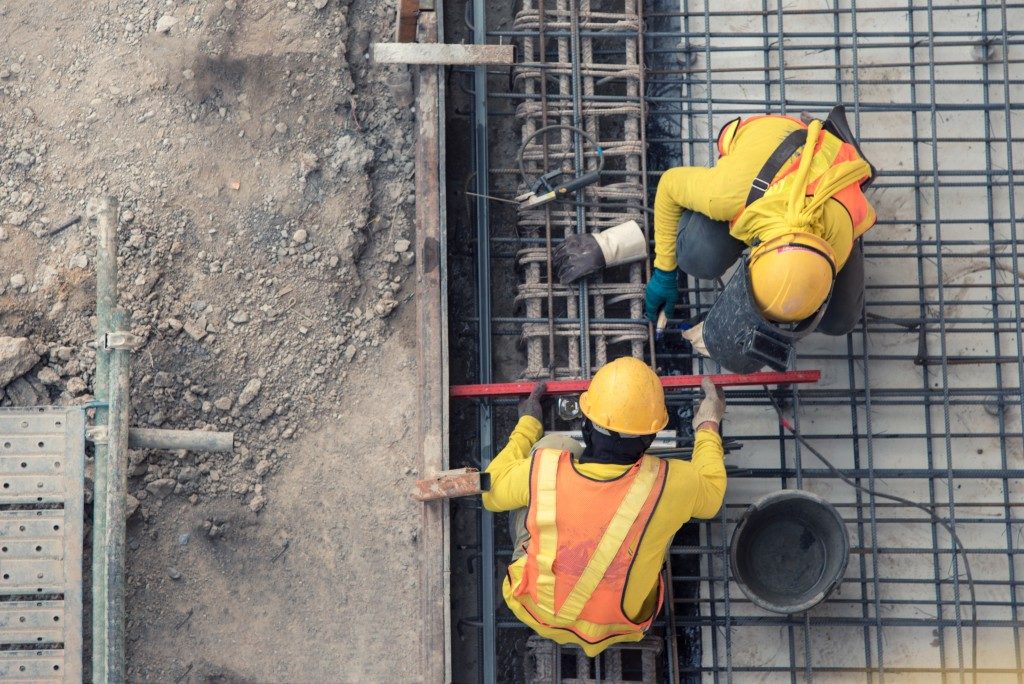Excited to grow your own garden and ready to test if you have a green thumb? If you’re new to gardening, one of the things that you need to consider is what topsoil to use in your garden. Plants have different needs and choosing the right topsoil to plant them on will determine if they will be able to grow successfully. A trip to the gardening store or visiting an online topsoil supplier will provide you different soil options but being prepared with a little information will make it easier for you to decide which material to buy. Here are the basics on topsoil.
As the name suggests, topsoil is the uppermost layer of the soil bed. Topsoil is scraped from around five to six inches of the Earth’s surface and is usually sold in bulk. It is rich in nutrients and organic matter which makes it a key ingredient in growing any plant. You may need to buy topsoil if your existing soil has poor quality, is damaged, or if your garden space has no natural soil. It is important to find the topsoil which has components that closely match the type of soil you have to prevent plant growth issues. Topsoil is generally classified into two categories.
Screened Topsoil
Screened topsoil is created by filtering soil through different kinds of mesh screeners. It may come in different consistencies depending on how much particle is removed during the filtration process. Screened topsoil is ideal for gardening because it allows water and nutrients to flow through the soil and will not hinder root formation.
Unscreened Topsoil
Unscreened topsoil, in contrast to screened topsoil, does not undergo filtration or screening. This soil type may come in a mixture of small and large particles such as weeds, barks, rocks, or wood chips. Due to its coarse consistency, unscreened topsoil is commonly used as a subsoil and then layered with finer, screened topsoil.
Topsoil is composed of different particles and which type of particle that predominates its composition gives the topsoil its “type”. The following are some particles that may be found in topsoil:
Clay
Clay soil is very fine. While it holds water extremely well, it does not drain it easily. If you’re using clay as topsoil, space out your watering to keep your plants from drowning. Clay soil is best for planting trees like elm, birch, or maple and flower such as asters and day lilies.
Sand
Sand, unlike clay, does not hold water well so an extra amount of watering is needed to provide plants the nourishment they need. You can use sandy soil if you’re planting evergreens, trumpet vines, and daisies.
Loam

Loam is a combination of different soil particles. It consists of sand, clay, silt, and other organic materials which makes it the best type of topsoil for gardening. With loam, the darker the color means the richer it is with nutrients.
While topsoil is mainly used in gardening, it also has different uses. Topsoil can be used for leveling uneven ground, filling bare lawns, and improving soil drainage. With the above information, you can now decide which type of topsoil is suitable for your gardening needs.


